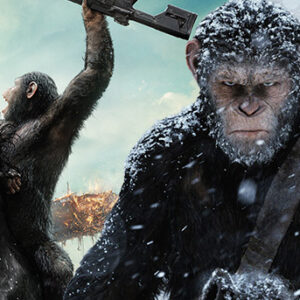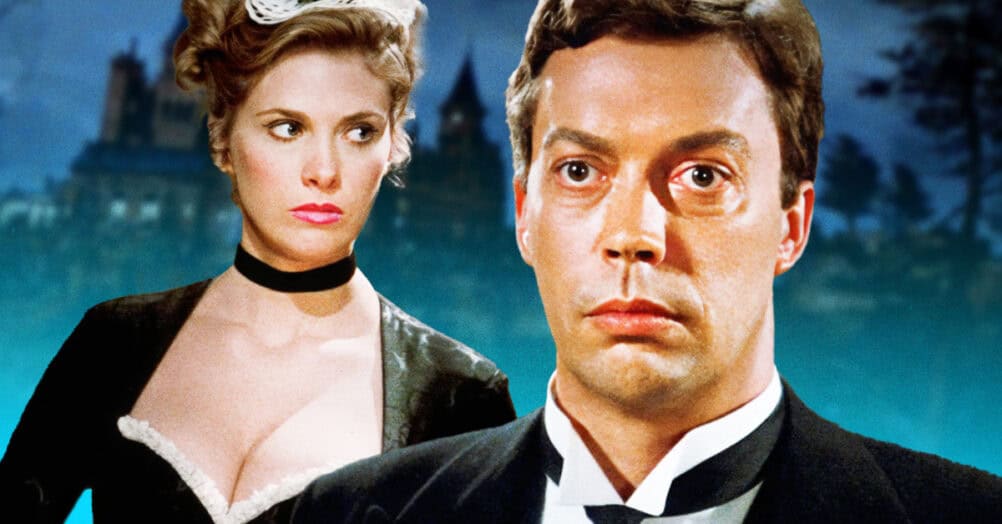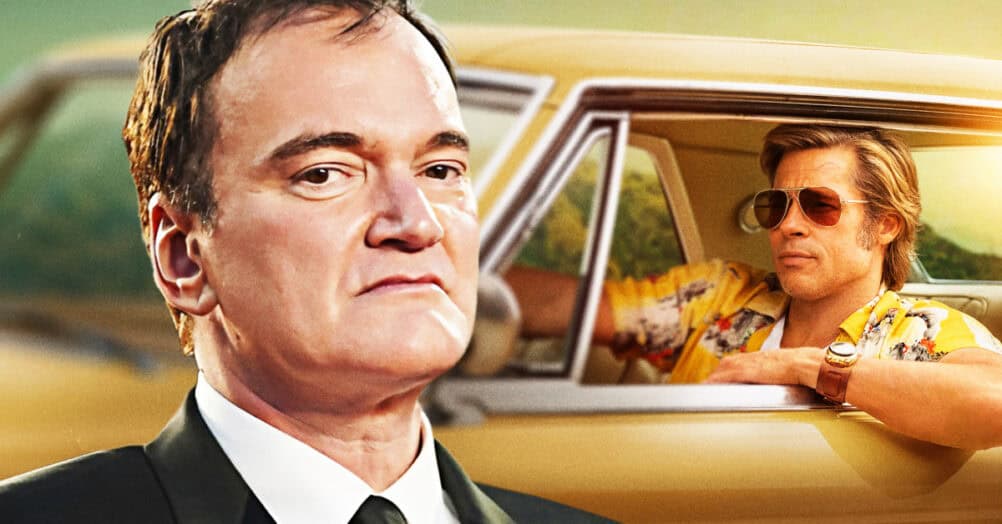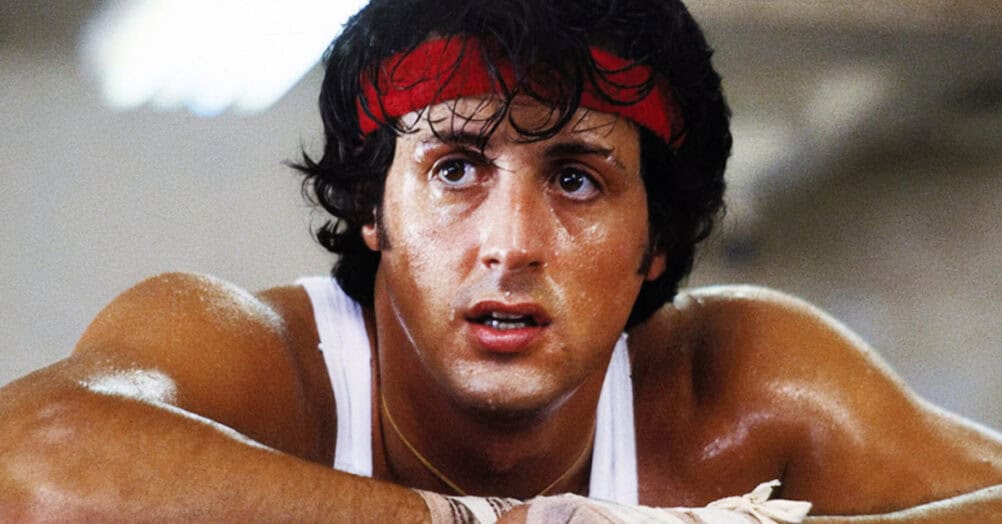Last Updated on August 2, 2021
Ink & Pixel is a source of pride and joy for me as a writer and as such, I’m always striving to take this column further for those who read and enjoy it. In an effort to widen the reach of our continuously growing fanbase, Ink & Pixel has been granted permission to broaden its horizons with the inclusion of films from the Horror, Sci-Fi, and Fantasy genres. I hope that you enjoy this bold new direction for the column. Additionally, if you yourself, or anyone you know, helped to make any of the amazing feature films found within this column, I would love to talk to you to further my knowledge. Please contact me at [email protected] so we can discuss it further.

What is it about apes that people find so darn interesting? Is it because these creatures represent an earlier step in the evolution of the human species? Or perhaps it stems from something as simple as thinking that they look funny while smoking cigarettes and wearing human clothing. Whichever the case may be, DAWN OF THE PLANET OF THE APES (which is currently in theaters) has already pulled in a worldwide total of $367,350,109 (as of the posting of this article), and just three weeks after its theatrical debut! So yeah, the movie-going public seems to really be digging on the revitalization of the 1968 sci-fi classic PLANET OF THE APES. With that in mind, I thought we’d use this week’s article to investigate some of the tremendous special effects of the first film in the re-booted franchise, RISE OF THE PLANET OF THE APES.

Directed by Rupert Wyatt and unleashed into theaters on August 5th, 2011, RISE OF THE PLANET OF THE APES is a science fiction action film based on the world and characters created by Pierre Boulle. The author first published his book La Planète des Singes (Planet of the Apes) in the year 1963. Intended as a social satire, Boulle’s novel explored the concept of what would happen if an intelligent human astronaut from Earth were suddenly transported to – and marooned on – a world where humankind is no longer the dominant species. The idea for the story came to Boulle after visiting a local zoo and finding himself unable to ignore the similarities .between humans and the oftentimes majestic primates. In my opinion, the hook of it all was really the role reversal. Think about it: just what would the world be like if it were populated and governed by a bunch of “damned dirty apes“?

RISE OF THE PLANET OF THE APES stars James Franco as Will Rodman, a man of science on the hunt for a cure that will rid the world of brain ailments such as Alzheimer’s disease, Meningitis, and Encephalitis. As a member of a biotechnology firm, Gen-Sys, Rodman specializes in drug research that includes experimenting on the animal species most genetically similar to our own: the chimpanzee. Unfortunately, after prolonged exposure to the experimental vaccine ALZ-112 results in a terrible drug-induced rage within one of Rodman’s most valued specimens (Bright Eyes, played by Terry Notary), Will’s boss,a harsh man by the name of Steven Jacobs (David Oyelowo), terminates the project and orders that Robert Franklin (Tyler Labine), the chimp caretaker, put the animals to sleep.

After begrudgingly euthanizing the animals, Robert discovers that – prior to her demise – Bright Eyes had in fact given birth to a baby chimp. Robert, discovering that he is incapable of becoming the defenseless infant’s harbinger of death, asks that Will take the chimp and figure out a way to keep the her safe. Will does just that, and after a bit of extensive testing, determines that the (now orphaned) infant appears to have inherited its late mother’s expanding intelligence. Convinced that the newly born chimp is a blessing and opportunity to continue his research, Will takes the primate – which he names Caesar (Andy Serkis) – back to his home so that the two of them might solve the riddle of incurable brain diseases together. The rub here is that, while in the throws of their research, Caesar’s intelligence continues to grow. Before long, the primate learns of the wrongs that have been perpetrated upon his kind, which eventually leads to Caesar taking matters, and the very fabric of society, into his own paws as he gathers others of his kind to lead them in a revolution against the human race. To quote the hilarious monkey men at the end of Mel Brook’s comedy classic SPACEBALLS, “Oh shit, there goes the planet.”

If you’ve been fortunate enough to have seen RISE OF THE PLANET OF THE APES, then I’m certain that you’ll agree with me when I say that the film is most impressive, technologically speaking. Filming began in July of 2010 in Vancouver, British Columbia, and was then moved to San Francisco, California, and Oahu, Hawaii, for the remainder of the shooting schedule. What set this film apart from its predecessors was the idea of changing how the ape characters would be portrayed on screen. In the past, actors dressed in primitive fatigues with copious amounts of prosthetic makeup were enough to get the job done. Now, thanks to WETA Digital and their incredible team of special effects technicians, a bold new interpretation and presentation of the apes was able to be achieved; and Weta was determined to wow audiences across the globe with their updated version of Boulle’s unique world.

RISE OF THE PLANET OF THE APES is known for having been well received by audiences, though it might be the film’s special effects and advancements in motion capture technology that were perhaps the most notable achievement of the film. In order to capture all of the action that director Rupert Wyatt desired, a special camera was built for the specific purpose of recognizing the motion capture dots plotted about the faces of up to a total of 6 actors simultaneously filming in broad daylight. This capability was particularly useful when shooting the epic battle between humans and the liberated apes, atop a re-created Golden Gate Bridge – the film’s most intense and iconic scene.

Wait a minute! Did I just say that they re-created the Golden Gate Bridge? Ha! Well, not exactly. What the set design team actually did was build a section of the bridge, and then line the perimeter of it with walls of green screen materials. By doing this, the digital effects team was able to extend the famous structure through the use of CGI; essentially creating an optical illusion that they could then destroy to their heart’s content without doing any physical damage to the actual set. In fact, to this day the Golden Gate Bridge set is one of the largest effects driven sets to ever be built for the purpose of a major motion picture.

On set while filming the Golden Gate Bridge battle sequence, in addition to all of the apes, cameras, and carnage, was a rough total of 80 automobiles rigged with explosive charges. Set to go off at timed intervals, the fire, smoke, and flying bits of glass proposed yet another challenge for the camera crew as the reflective surfaces of the vehicles would change upon being damaged. This meant that the crew would have to develop a sure fire system of recalibrating both their moving and stationary cameras if they had any hope of being able to keep track of all the bright green and red dots found on the body suits of their constantly moving acting staff.

Furthermore, the digital effects and design team who worked on the film spent a great deal of time studying the anatomy, physiology, and physics of each breed of primate featured in RISE OF THE PLANET OF THE APES. It wasn’t enough for WETA simply to design these creatures based on what they’ve learned when working on previous films such as KING KONG, AVATAR, or LORD OF THE RINGS. In the case of RISE, WETA poured over every minute detail, even going so far as to map the bodies of real-life apes. Everything from the way ape hair can sometimes gather in matted tufts to the spotted, cracked wrinkles in their human-like hands, WETA archived it all to be used as reference material for their artists. Hell, there are moments in the film when even I find it difficult to tell the difference between WETA’s digital apes and the real McCoy, and it’s my job to study this stuff in-depth! Bravo, WETA!

If you ask me, I’d say that RISE OF THE PLANET OF THE APES is a hell of a lot more impressive than that depressing Tim Burton remake we got back in 2001. RISE more or less revolutionized the way that filmmakers are able to shoot motion capture at this point in our cinematic evolution, and it stands to reason that we’ll be using the methods invented on the set of this film for many years to come. My hat is off to Wyatt and his incredible staff for bringing us a fresh perspective on the APES franchise, and for not polluting theaters with yet another anthropomorphic nightmare of a film.

By the time the apes were done bringing the movie-going public to their collective and defeated knees, RISE OF THE PLANET OF THE APES earned a worldwide total of $481,801,049! Wow! Imagine how many bananas you could buy with that amount of cash! Heh, too lame? Too bad! The question now is: Do you think that DAWN OF THE PLANET OF THE APES will surpass the total of its predecessor? Or will the timing of the film’s release (considering that it’s immediately preceding James Gunn’s hugely anticipated Marvel space epic GUARDIANS OF THE GALAXY) send Caesar and the rest of his primate militia back to picking nits from each others scalps and being fearful of mysterious obsidian monoliths? That’s right, we’re making 2001: A SPACE ODYSSEY references now. See you next time!



















Follow the JOBLO MOVIE NETWORK
Follow us on YOUTUBE
Follow ARROW IN THE HEAD
Follow AITH on YOUTUBE